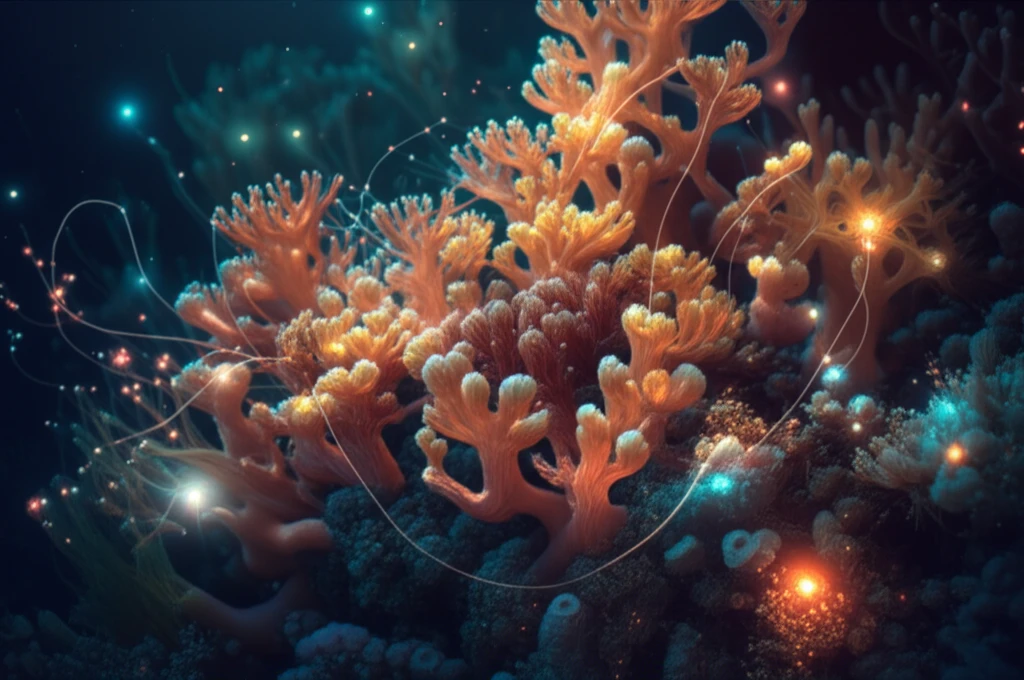
Coral's Secret Weapon: How Bacteria Help Corals Survive and Evolve
"Unlocking the hologenome concept and its implications for understanding coral resistance and adaptation."
Imagine a world where every living thing, including ourselves, isn't just a single entity but a complex partnership. This is the realm of the 'hologenome,' a concept that's changing how we understand evolution and life itself. At the heart of this idea is the profound relationship between a host organism and all the microbes it carries – its microbiome.
Corals, those vibrant and essential architects of marine ecosystems, offer a fascinating example of this partnership in action. For years, scientists have been puzzled by how corals can resist diseases and adapt to changing environments. The answer, it turns out, lies in their close relationship with bacteria.
This article explores the groundbreaking research that led to the hologenome concept, focusing on the specific case of coral bleaching. We'll delve into how corals acquire beneficial bacteria to resist pathogens, and how this symbiotic relationship shapes their very evolution, offering new insights into the intricate web of life.
The Coral Probiotic Hypothesis: A Turning Point in Understanding Disease Resistance

For years, scientists knew that rising ocean temperatures led to coral bleaching, where corals expel the colorful algae living in their tissues and turn ghostly white. In 1996, it was discovered that Vibrio shiloi bacteria were responsible for this bleaching disease in Oculina patagonica corals. But something unexpected happened between 2004 and 2006: the corals became resistant to V. shiloi.
- Beneficial Microbes as Protectors: Symbiotic bacteria protect the host from pathogens, proves to be a general phenomenon.
- Beneficial Effects of Intestinal Microbiota: Studies shows animal’s treatment with antibiotics are much more sensitive to infection with pathogens.
The Hologenome Concept: Redefining Life and Evolution
The findings about corals and their bacterial partners contributed to the development of the hologenome concept of evolution, postulating that the holobiont with its hologenome is a level of selection in evolution. This means, each animal and plant is composed of abundant and diverse microbial symbionts. In some cases, the numbers of symbiotic microorganisms and their combined genetic information far exceed that of their host.
This theory recognizes new dimensions of genetic variation: the changes in numbers of associated microorganisms, the acquisition of new strains, and horizontal gene transfer
As we continue to unravel the intricate relationships within the hologenome, we move closer to understanding the true complexity of life and open new avenues for conservation, disease treatment, and a deeper appreciation for the interconnectedness of all living things.
